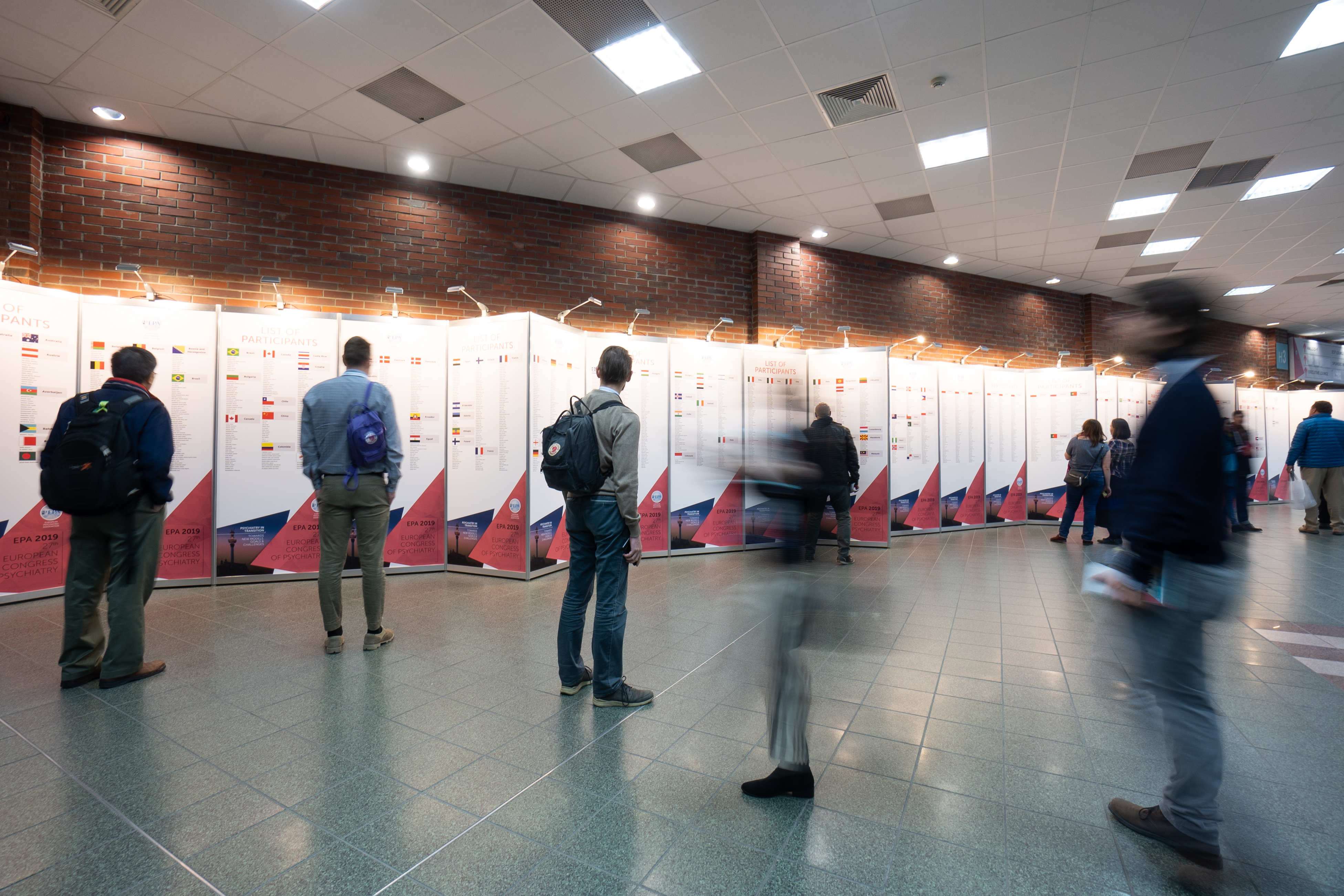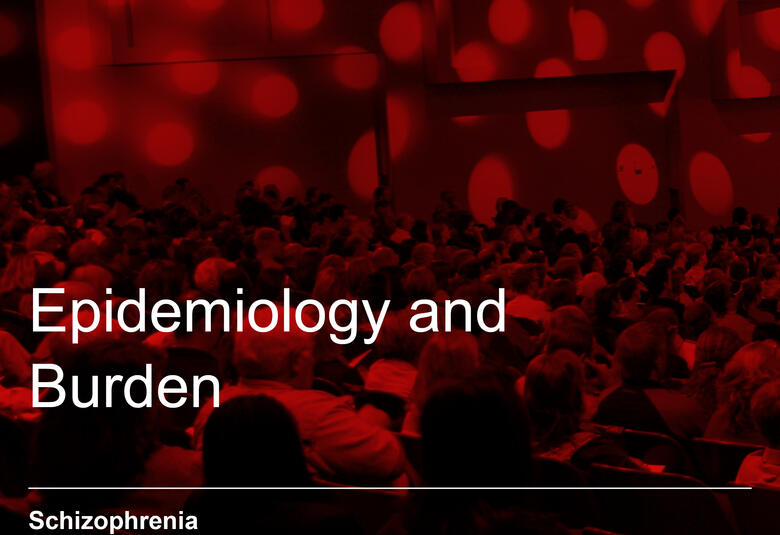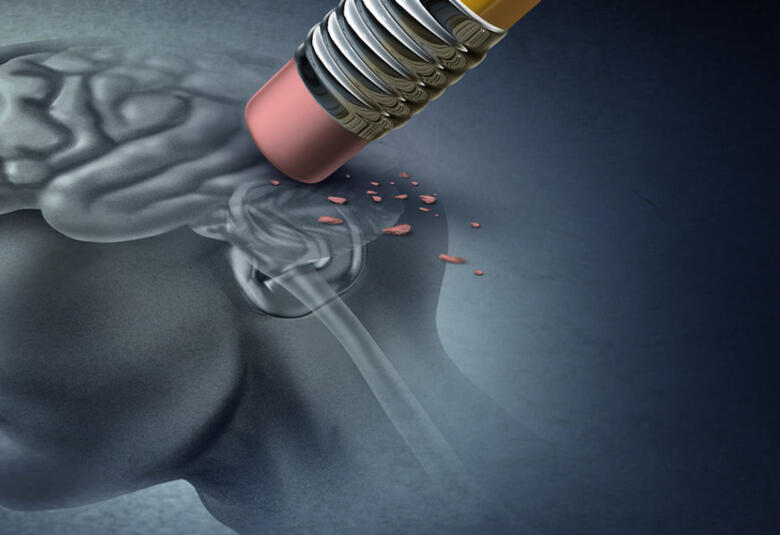A recent reconceptualization of the negative symptoms of schizophrenia promises to increase understanding of the underlying neuropathophysiology and facilitate the identification of novel targets for therapeutic strategies. Experts on negative symptoms, which are associated with poor clinical and functional outcomes for patients with schizophrenia and for which there is no effective psychosocial or pharmacological therapy, presented an update on their work at EPA2019.
The negative symptoms of schizophrenia start long before the positive symptoms, explained Professor Istvan Bitter, Semmelweis University, Budapest, Hungary, and their contribution to the diagnosis of schizophrenia and what they actually are, have been evolving since they were first described by Swiss psychiatrist Eugen Bleuler in 1908.
Negative symptoms predict a poor outcome for patients with schizophrenia
Both Professor Silvana Galderisi, University of Campania Luigi Vanvitelli, Naples, Italy, and Professor Professor Gregory Strauss, University of Georgia, Athens, USA, highlighted that the clinical and psychosocial outcomes for schizophrenia patients with negative symptoms are poor compared with those of schizophrenia patients without negative symptoms.
Furthermore, no psychosocial or pharmacological therapeutic intervention has yet proved effective, and no drug has received an indication for negative symptoms from the FDA Professor Strauss said. Addressing the neuropathophysiology of negative symptoms to identify treatment targets is therefore a high priority.
The evolving conceptualisation of negative symptoms
Inattentiveness, poverty of content of speech, increased latency of response, blocking and blunting of affect used to be categorised as negative symptoms, but have now been removed from the description, said Professor Galderisi. She described the relatively recent and widely accepted conceptualisation of negative symptoms that separated them into two domains:
- an experiential motivational dimension consisting of avolition (decreased motivation), anhedonia (inability to experience pleasure) and asociality (preference for solitary activities)
- a decreased expressivity dimension consisting of blunted affect (no or nearly no emotional expression) and alogia (lack of unprompted additional content in normal conversation)
The two-factor construct versus the five-factor reconceptualization
The five-factor reconceptualization of negative symptoms is more accurate than the two-factor construct
Although the two-domain model is highly replicable across instruments, medication status and phase of illness, it has not been demonstrated that the symptom domains within each factor have the same neurobiological mechanisms, added Professor Galderisi. Professor Strauss further added that the two-domain model has not been statistically or theoretically justified.
A more useful conceptualisation for diagnosing and treating patients is a five-factor construct identified in the NIMH Consensus Development Conference, Professor Strauss explained. These five factors are anhedonia, avolition, asociality, blunted affect and alogia,1 and the validity of this model has been supported across a diverse cultures and languages.2
The reconceptualization reduces the overlap of negative symptoms with the cognitive, disorganisation and depression dimensions of schizophrenia.
Digital phenotyping
A more objective assessment of negative symptoms can now be obtained using digital phenotyping, said Professor Strauss. Active digital phenotyping measures include:
- patient-completed surveys to determine enjoyment, anticipation and interest for an activity to diagnose anhedonia; or enjoyment, anticipation and interest for a social interaction to diagnose asociality
- videos to enable facial, acoustic, lexical and semantic analysis
The five-factor conceptualisation comprises anhedonia, avolition, asociality, blunted affect and alogia
Passive digital phenotyping measures include:
- phone accelerometry and geolocation to provide information on daily activity and movement to diagnose avolition
- VOX (voice operated switch) ambient sound to diagnose alogia
Professor Strauss added that the five domains may have distinct external correlates and underlying mechanisms, and that research suggests that avolition may be the key domain to drive treatment effects. The findings have important implications for the DSM and ICD diagnosis, assessment and treatment of negative symptoms.
Negative symptom scales and real-world trials
Assessment of negative symptoms has been complicated by the use of different scales
Professor Bitter emphasised the need to carry out trials in real-world patients, who not only have primary and secondary negative symptoms, but also various levels of positive symptoms, somatic comorbidities and social stressors.
He also noted that the assessment of negative symptoms has been complicated by the use of different scales producing different effect sizes in clinical trials. These scales are:
- Brief Psychiatric Rating Scale (BPRS)
- Scale for the Assessment of Negative Symptoms (SANS)
- Clinical Assessment Interview for Negative Symptoms (CAINS)
- Brief Negative Symptom Scale (BNSS)
He advocated using newer and more relevant scales, such as the BNSS.
Finally, Professor Bitter cautioned that even if negative symptoms might one day be relieved pharmacologically, there will probably also be a need for additional therapy to exploit the therapeutic effect. He compared the situation to hip replacement where a patient can be provided with a new hip, but will not recover mobility without physiotherapy.
Our correspondent’s highlights from the symposium are meant as a fair representation of the scientific content presented. The views and opinions expressed on this page do not necessarily reflect those of Lundbeck.




